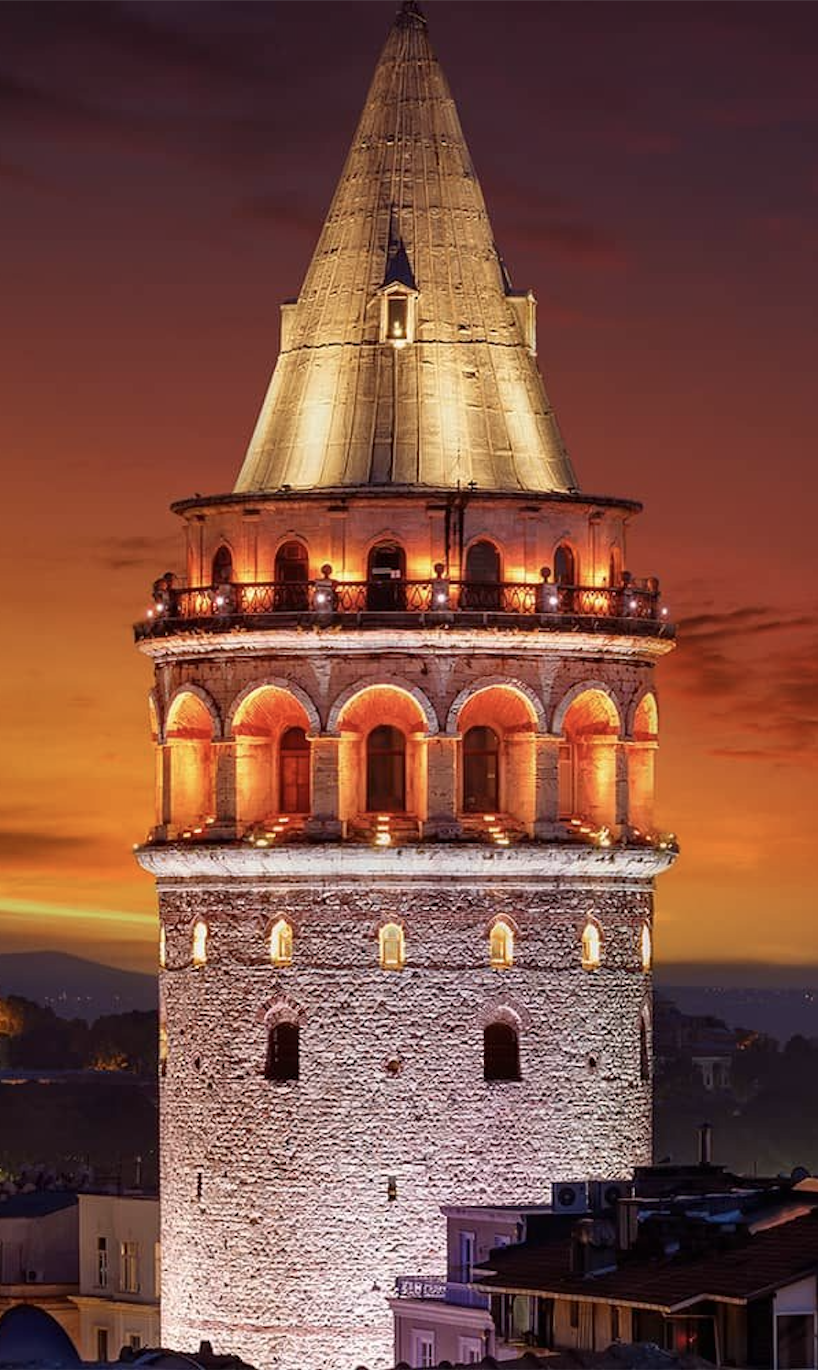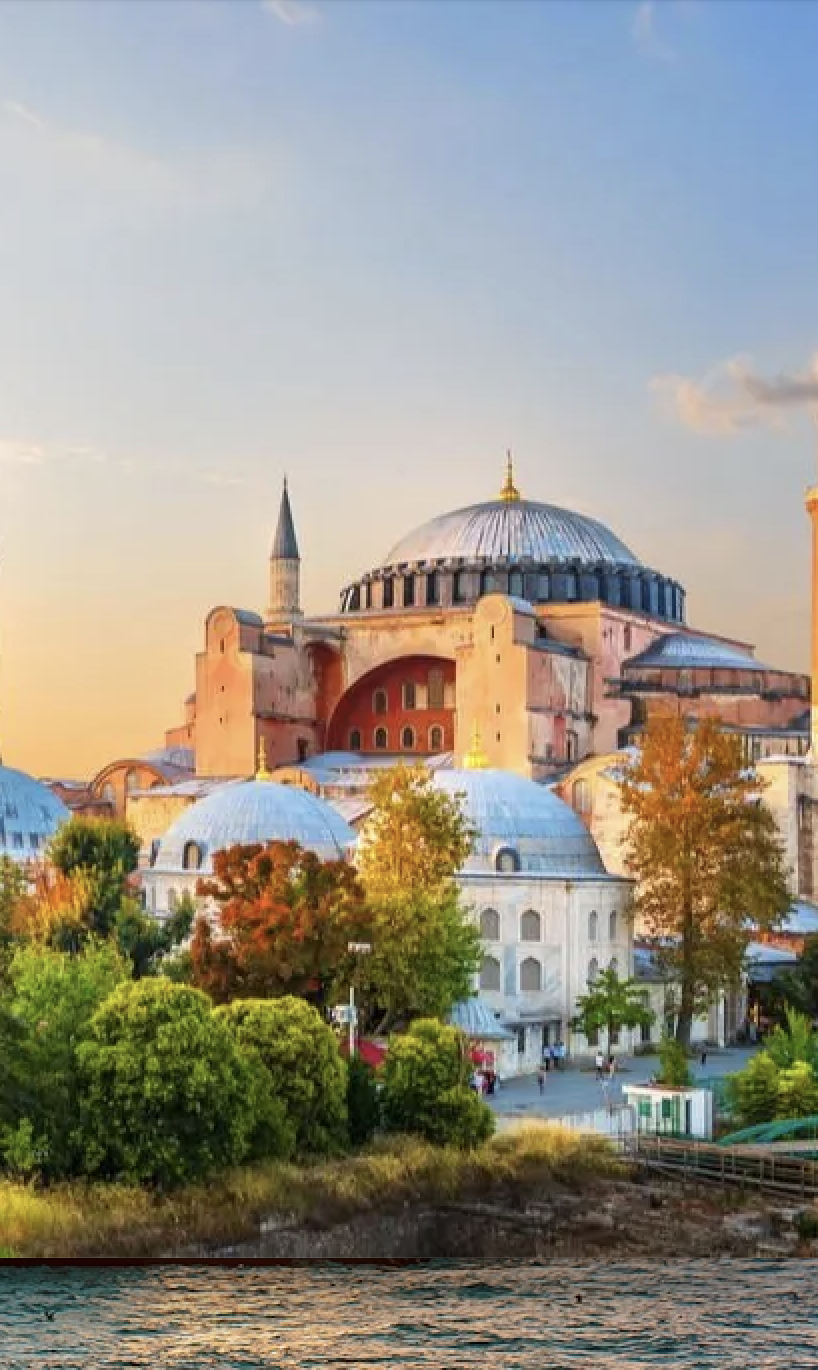Pergamon: An Ancient City of Grandeur and Innovation
Located in modern-day Bergama, Turkey, Pergamon (also spelled Pergamum) was one of the most important cities of the ancient world. Renowned for its cultural, scientific, and architectural achievements, Pergamon was a center of learning, art, and innovation. While it is often overshadowed by the more famous Ephesus, Pergamon offers its own unique charm and historical significance, making it a must-visit destination for history enthusiasts and travelers alike.
History of Pergamon
Pergamon rose to prominence during the Hellenistic period (3rd-1st centuries BC) as the capital of the Attalid Kingdom. Under the rule of the Attalid dynasty, the city became a major cultural and political hub, rivaling cities like Alexandria and Antioch. After the Attalids, Pergamon became part of the Roman Empire and continued to thrive as a center of trade, medicine, and learning.
The city was famous for its library, which housed over 200,000 scrolls and was second only to the Library of Alexandria. Pergamon was also a pioneer in the production of parchment (a writing material made from animal skins), which became a key medium for preserving ancient texts.
What to See in Pergamon
Pergamon is divided into two main areas: the Acropolis (upper city) and the Lower City. Here are the highlights of each:
The Acropolis
-
The Altar of Zeus: One of the most famous structures in Pergamon, this monumental altar was dedicated to Zeus and Athena. Its intricate friezes depicting the Gigantomachy (the battle between gods and giants) are considered masterpieces of Hellenistic art. The altar is now housed in the Pergamon Museum in Berlin, but the site in Pergamon remains awe-inspiring.
-
The Temple of Trajan: Built during the Roman period, this temple was dedicated to Emperor Trajan and later to his successor, Hadrian. Its impressive columns and ruins offer a glimpse into Roman architectural grandeur.
-
The Theatre: Carved into the steep hillside, Pergamon’s theatre is one of the steepest and most dramatic in the ancient world, with a seating capacity of 10,000 spectators. It offers stunning views of the surrounding landscape.
-
The Library of Pergamon: Although only ruins remain, the library was once a center of learning and innovation. It is said that Mark Antony gifted its collection to Cleopatra as a wedding present.
-
The Sanctuary of Athena: Dedicated to the goddess Athena, this sanctuary was an important religious site and featured a grand temple and a stoa (colonnaded walkway).
The Lower City
-
The Asclepion: This ancient medical center was dedicated to Asclepius, the god of healing. It was one of the most famous healing centers of the ancient world, offering treatments such as hydrotherapy, massage, and dream therapy. Notable figures like the physician Galen practiced here.
-
The Red Basilica (Serapeum): This massive red-brick structure was originally a temple dedicated to the Egyptian gods Serapis and Isis. It was later converted into a Christian basilica and is one of the largest Roman structures in Anatolia.
-
The Roman Bridge: This ancient bridge is a testament to Roman engineering and is still in use today.
Why Should You Visit Pergamon?
-
A Center of Ancient Innovation: Pergamon was a hub of scientific, medical, and cultural advancements, making it a fascinating destination for history buffs.
-
Architectural Marvels: From the steep theatre to the grand temples, Pergamon’s ruins showcase the ingenuity and artistry of the ancient world.
-
Less Crowded Than Ephesus: While equally impressive, Pergamon is often less crowded, allowing for a more peaceful and immersive experience.
Visiting Pergamon
-
Location: Pergamon is located in Bergama, about 100 km north of Izmir and 200 km south of Çanakkale.
-
Best Time to Visit: Spring (April-May) and autumn (September-October) are ideal, as the weather is mild and the site is less crowded.
-
Guided Tours: Consider hiring a guide or joining a tour to fully appreciate the history and significance of the site.
-
Nearby Attractions: Combine your visit with a trip to the Bergama Museum, which houses artifacts from Pergamon, and the charming town of Bergama itself.
Pergamon vs. Ephesus: What’s the Difference?
While both Pergamon and Ephesus were major cities of the ancient world, they offer different experiences:
-
Pergamon: Known for its dramatic hilltop acropolis, medical innovations, and cultural achievements.
-
Ephesus: Famous for its well-preserved ruins, grand theatre, and connection to early Christianity.
Both cities are worth visiting, as they provide unique insights into the ancient world.
For travelers exploring Turkey’s ancient treasures, Pergamon is a hidden gem that offers a rich blend of history, culture, and natural beauty. Don’t miss the chance to explore this remarkable city and uncover its fascinating legacy. 🌍✨
Itinerary in detail
Every Laka trip is tailored to your personal preferences and interests.
Below you’ll find a sample itinerary to inspire your own custom-designed journey.
Need more inspiration?

istanbul Walks
01

İstanbul Offer
02

İstanbul The Old City
03

